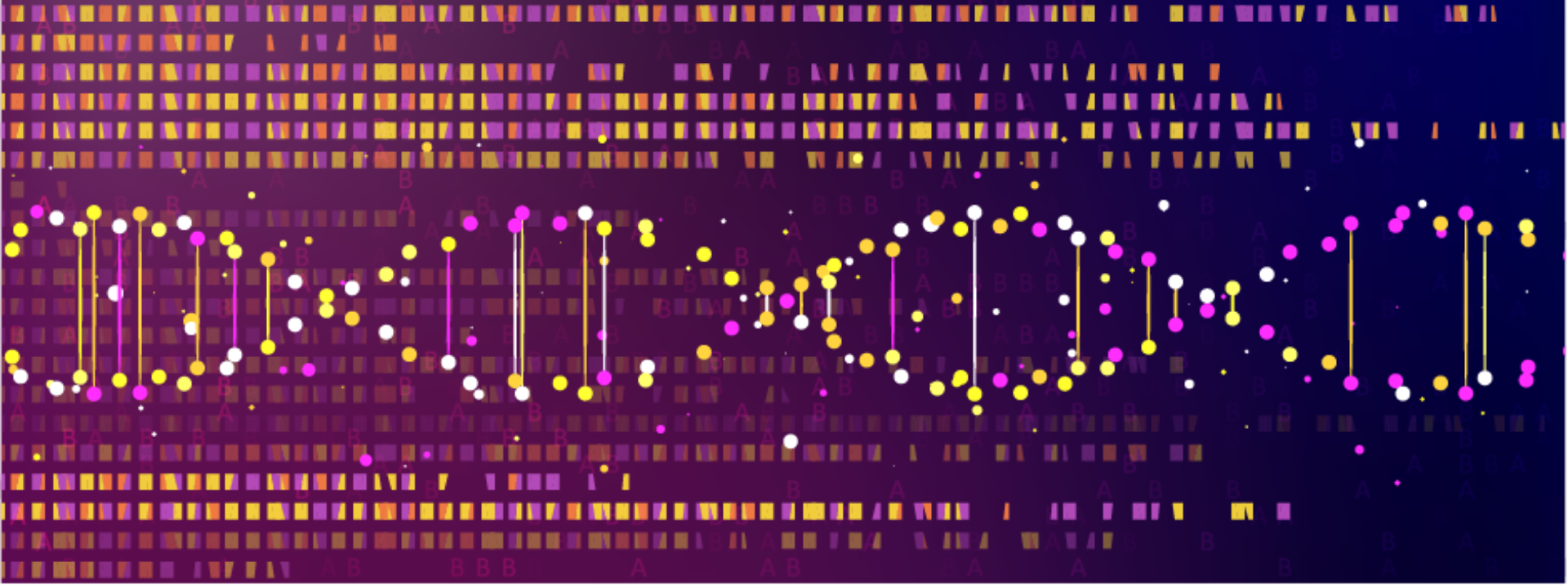Our History: A Look at the CREATE Technology
While the Inscripta team’s default setting is to look forward — with a keen focus on the digital genome engineering future we aim to build — it’s also important to honor the past and where we came from. That’s why today we’re going old school with a quick look at our technology origin story.
The idea for the technology that would one day evolve into Inscripta’s Onyx™ platform began, in part, in a lab at the University of Colorado (CU) Boulder. Scientists who would go on to help found this company were working hard to determine gene function with conventional knockout tools such as RNA interference. Later they adopted CRISPR for the same goal, but like so many researchers, they found it to be a tedious, temperamental process.
At a lab retreat, Andrew Garst and other CU scientists were brainstorming ideas for improving the process when they stumbled on something new: synthesizing all of the genetic materials needed for the CRISPR workflow into a single oligo, they thought, might lead to a highly scalable, potentially automation-friendly approach. Back in the lab, the team began ordering components and testing the concept. Much to their surprise, it worked almost exactly as planned.
What was born from that idea would become known as the CREATE technology (like all scientists, they loved an acronym; this one was short for “CRISPR EnAbled Trackable genome Engineering”). The method was described in Nature Biotechnology, along with evidence showing that the approach had been used successfully to perform site saturation mutagenesis, adaptive laboratory evolution, and trait identification projects. In a subsequent publication, the team demonstrated an experiment carried out at remarkable scale in which they tested a large number of variants to determine their effect on the production of isopropanol via E. coli.
This CREATE technology would ultimately become the foundation of Inscripta, where it would be combined with other important advances such as cell partitioning to form our Onyx digital genome engineering platform. This automated, benchtop system has been designed to make CRISPR more scalable and accessible for biology labs around the world, allowing scientists to ask bigger questions and get answers that never would have been possible before.

